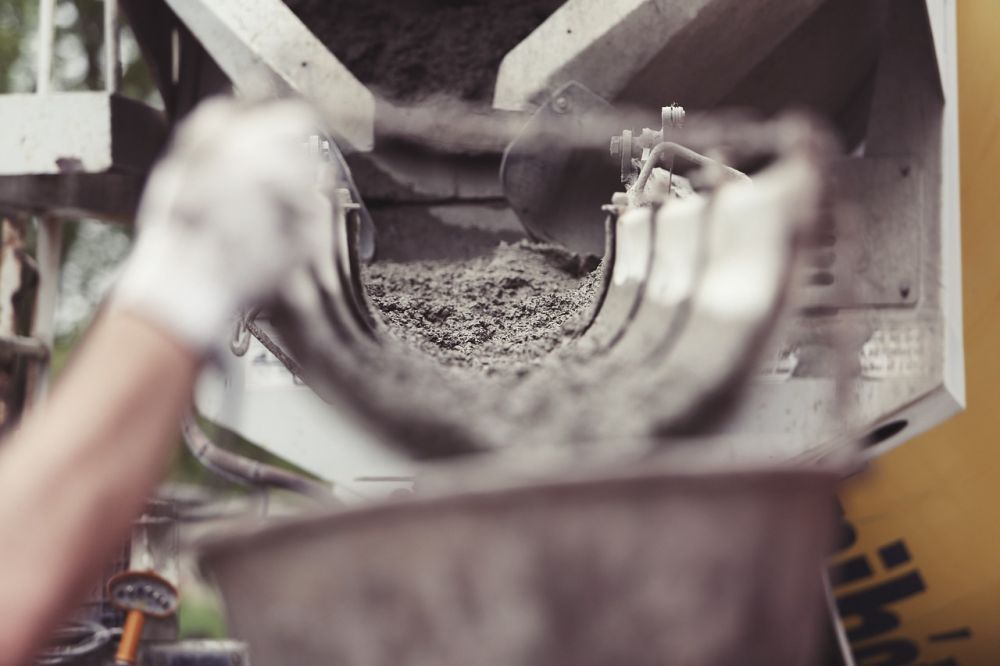
What Footings Are Needed to Support an Electric Sliding Gate?
If you’re thinking about installing an electric sliding gate, you might be wondering what size concrete footings you will need to support the gate properly.
Unfortunately, this is not a one size fits all answer, but we do have some tips to help you ensure that you get the right footings for your gate. Here’s what you need to consider.
1. The Size and Weight of the Gate
The first factor that will affect what footings are needed to support an electric sliding gate is what size and weight the gate is. The larger and heavier the gate is, the larger and sturdier the gate posts and gate post footings will need to be.
2. The Size of the Gate Posts
Sliding gates usually have fairly large gate posts, which, depending on the type of gate, size and weight, could be 3 ½” / 76.2mm diameter, 4 ½” / 101.6mm diameter or even 6 ⅝” / 152mm diameter posts. As with fence posts, the minimum recommended diameter for footings for these posts is three times the diameter, but for very heavy gates, you might want to increase that to four times the diameter.
3. The Depth of the Footing
Another big factor in footings for electric sliding gate posts is the depth. Sliding gate post footings are almost always deeper than typical fence post footings and often go down as much as 3 or 4 feet or about 900 to 1200mm or more.
The deeper the footing, the more stable the post is likely to be, and the better it will act to anchor the whole gate system.
4. The Type of Soil
Another huge factor in the type of footing your electric sliding gates need – or any fence post, for that matter – is the type of soil it is being installed on.
Very loose, sandy soil is often a problem for fence and gate installation, but so is clay soil, particularly in areas where there is a lot of water or where the ground freezes, as these kinds of soil are often expansive.
In less-than-ideal soil conditions, it may be necessary to adjust the size of electric sliding gate footings to compensate.
5. If the Footings Will Be Reinforced
Fence and gate post concrete footings usually aren’t reinforced – they are simply cast in place as is.
However, if you are installing a very heavy electric sliding gate, or you want to be extra sure your footings are up for anything, you might want to consider adding a rebar cage to the footing.
concrete, as you probably know, has a very high compressive strength but very little tensile strength. This means that the forces working on the posts for a very large, very heavy sliding gate could damage or crack the footings over time. A rebar cage in the footing helps to prevent that from happening.
6. The concrete Strength
Typical concrete for fence posts is often as low as 10 or 15Mpa, which is usually more than enough to keep fence posts firmly in place. However, again, if you are installing a very heavy, very large electric sliding gate, you may need to increase this to 20Mpa, 30Mpa or even more.
How to Get Help Designing Concrete Footings for Your Electric Sliding Gate
If you’re not sure what type of concrete footings your electric sliding gate should be, the first place you should start looking for information is the manufacturer of the gate.
Usually, sliding gate manufacturers will have recommendations for gate post footings for typical sites. This means that all conditions are ideal, and there is nothing strange about the soil or site.
If there is something different about the location you will be installing your gate, it may be worth asking an engineer to design the concrete footings for your electric sliding gate posts. Very often, on high-security fence projects that do have very large and complex electric sliding gates, the project team will already have the engineering done, and you simply have to follow their specifications.
Getting the gate post footings for an electric sliding gate right is very important to ensure that the gate is safe to use and that it will have a long and trouble-free service life.


